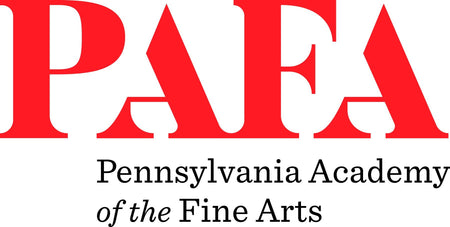
Throughout his long life, Charles Willson Peale continually strove to improve the civic and artistic life both of his adopted city and the young republic. Besides founding two art academies - including the Pennsylvania Academy - and the nation's first museum, he was the patriarch of an artistic dynasty that carried out his ideals. Peale thus disseminated culture both within the family sphere and in the wider world. Nowhere is this more apparent than in the remarkable self-portrait he executed at the age of eighty-one. With more than a touch of the showman, Peale literally raises the curtain to reveal the wonders of his collection, then located in the long gallery of Independence Hall. Peale's museum offered a cabinet of curiosities to instruct and entertain the spectators, from the wild turkey at the lower left, to the skeleton of the mastodon he had exhumed and brought to Philadelphia at the right. Cages in the background display natural history specimens, while above them portraits of American worthies celebrate the heroes of the new country. Significantly, the visitors are in family groups, echoing Peale's commitment to education. Part advertisement, part philosophical statement, "The Artist in His Museum" stands as a triumphant artistic and historical accomplishment.





